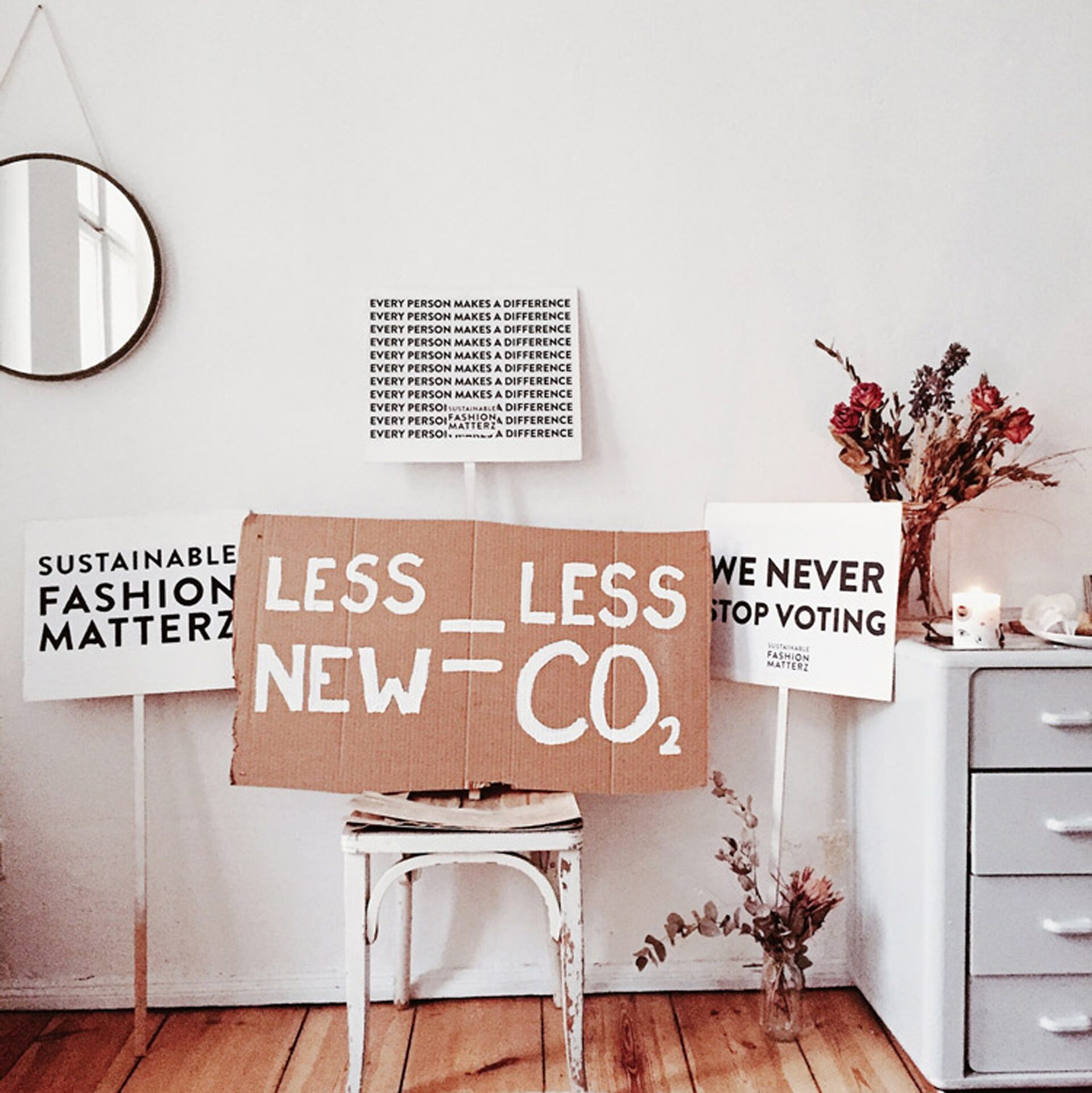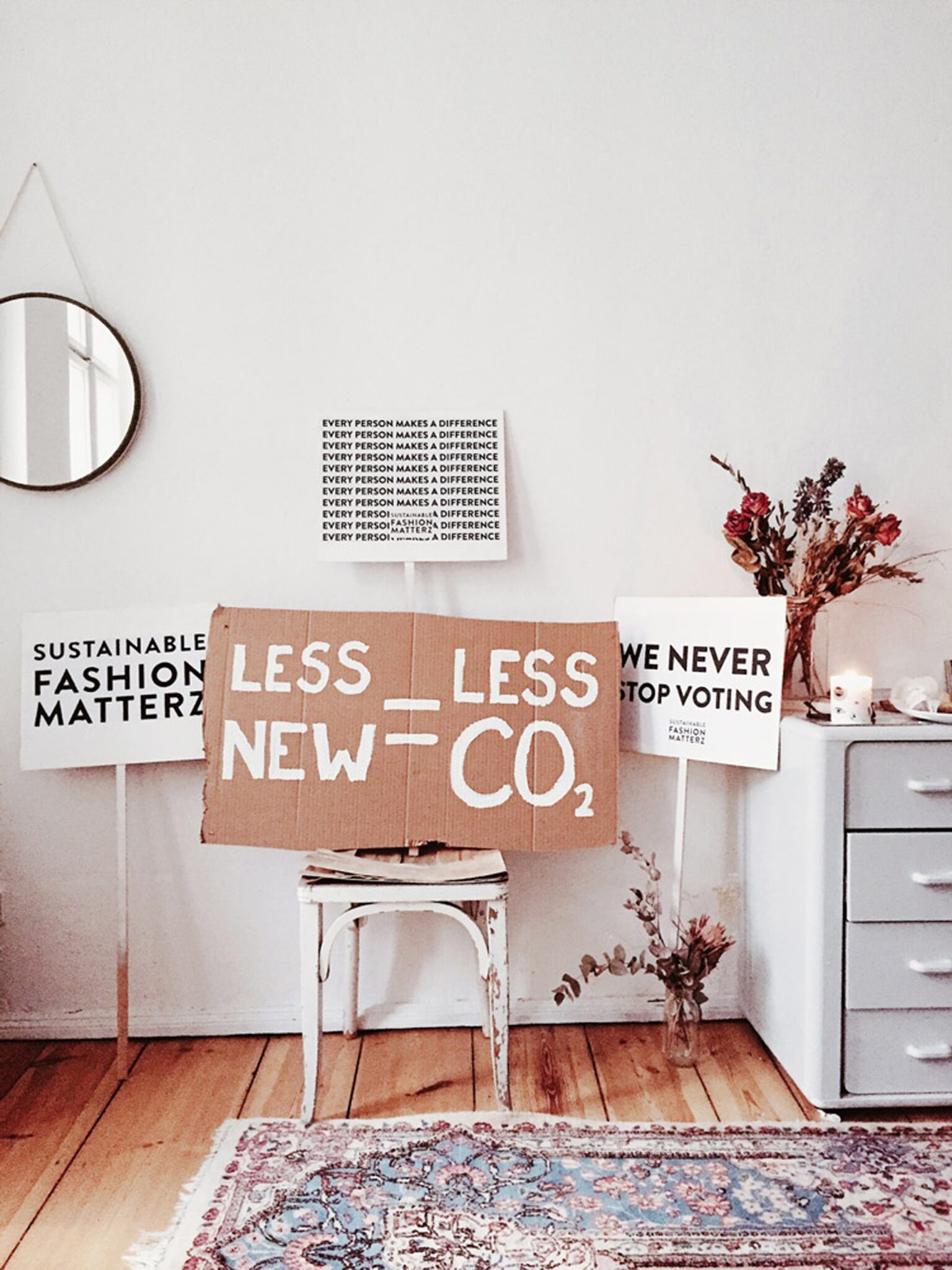Newly elected President Joe Biden declared that US will rejoin the Paris Climate Agreement on February 16, 2021. Despite the country’s withdrawal from the treaty last year, the new administration understands the importance of addressing the global crisis of climate change.
One way to do that is to abide by the goals laid out by the Paris Climate Agreement. This international treaty, which came into force in November 2016, brought about an enforceable worldwide effort to slow global warming.
What is the Paris Climate Agreement?
In 2015, representatives from 195 countries came together to adopt the Paris Climate Agreement. Its goal is to limit global warming below 2℃, preferably even 1.5℃, compared to pre-industrial levels. It works by allowing countries to set their own goals in five-year cycles, with each cycle having increasingly ambitious goals.
The treaty is now in its fourth year. But, according to the Climate Action Tracker, Morocco is the only country with 1.5℃ compatibility. Hopefully, as more individuals recognize the need for climate policy, that number will increase.
Thankfully, governments weren’t the only ones to take part in global action. The Paris Climate Agreement also sparked discussions about emissions across various industries, including fashion.
How Fast Fashion Contributes to Climate Change

Fast Fashion, like we discussed before, is detrimental to the lives of the workers and the natural resources it uses. More than that, fashion accounts for 8 percent—and increasing—of the global carbon emissions.
Those emissions account for all carbon used to process materials, create products, and transport shipments across the world. That’s not even mentioning the issues on pollution, waste, and worker rights, which burden fast fashion.
How the Paris Climate Agreement Impacts Fashion
To reach the ambitious global goals of the Paris Climate Agreement, governments, corporations, and industries all need to do their part, no matter the size. While 8 percent is still much smaller than many countries and the fossil fuel industry, it’s still too high for us to successfully achieve our goals.
Luckily, that’s where the UN comes in. In 2018, at the UN Climate Change Conference in Katowice Poland, fashion corporations and stakeholders met to discuss ways for fashion to adhere to the goals set out by the Paris Climate Agreement.
Although corporations aren’t signatories of the treaty, they recognized the need to address the climate crisis and fashion’s role in it. The result of this meeting was The Fashion Industry Charter for Climate Action.
This seven-page document lays out problems within the fashion industry while also setting a clear commitment to support the overall goals of the Paris Agreement and achieving net-zero emissions by 2050.
It includes concrete goals such as:
- “Commit to not install new coal-fired boilers or other sources of coal-fired heat and power generation” by 2025.
- “Commit to 30 percent aggregate GHG emission reductions … by 2030 against a baseline of no earlier than 2015.”
It also includes less specific but equally important goals, including:
- “Commit to prioritizing materials with low-climate impact.”
- “Commit to continuously pursue energy efficiency measures and renewable energy in our value chain.”
Over the course of several years the fashion working groups, in accordance with the Charter, will find and help implement strategies for companies and corporations to achieve such goals.
However, it’s not an overall solution. Instead, it’s a framework for the fashion industry to use when thinking about direct climate action and finding solutions.
Fashion and Climate Change: Where Are We Now?
To date, the Charter has been signed by over 100 companies, including Adidas, Arc’teryx, H&M, Primark, and more. Many of these companies have made efforts to be more sustainable from Adidas’s plan to produce 15 to 20 million shoes from recycled plastic to H&M’s clothing recycling program to close the circular loop.
But these efforts, while good steps, are only the beginning.
The signatories of the fashion charter still have a long way to go to ensure their companies comply with the Paris Climate Agreement. Committing to these goals is great, but we, as consumers, need to hold them accountable to their commitments.
Sustainable fashion has grown from an outlying market to the forefront of fashion in the past several years. While it’s great that companies are recognizing not just the consumer desire for eco-friendly clothes, but also their own part in climate change, it’s also important to recognize that ethical clothing goes beyond carbon emissions. It’s about the holistic, human approach to fashion that incorporates not only climate action, but worker’s rights, safe chemicals, and more.


 10 Awesome but Cheap Ethical Clothing Brands for People on a Budget
10 Awesome but Cheap Ethical Clothing Brands for People on a Budget
Leave a Reply